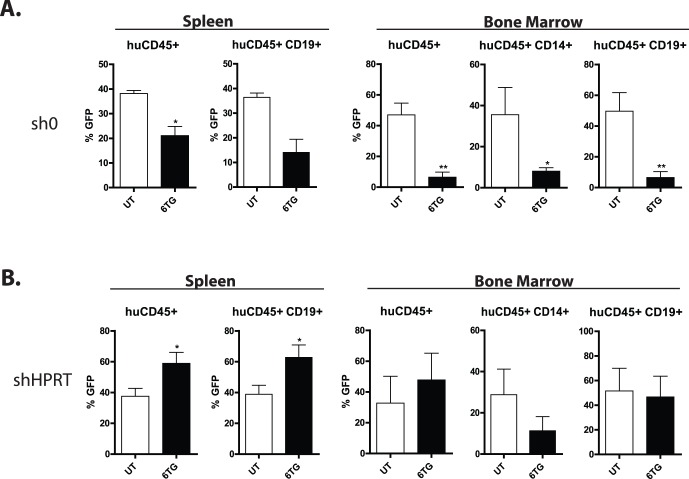Figure 3. Knockdown of HPRT protects human cells from the toxic effects of 6TG in vivo.
Human CD34+ umbilical cord blood cells were transduced with GFP expressing vectors with non-silencing shRNA (A) or shRNA directed against HPRT (B) and transplanted into sub-lethally irradiated recipients. Mice were then treated with 6TG 2 mg/kg/d in the drinking water or left untreated. After 6 weeks, the spleens and bone marrow were analyzed by flow cytometry for cell surface markers for total human leukocytes, B-lymphocyte and myeloid subpopulations, and GFP. A. Cells transduced with non-silencing control were selectively depleted with treatment with 6TG. The percentages of GFP+ human leukocytes (huCD45+), B-lymphocytes (huCD45+CD19+), and myeloid cells (huCD45+CD14+) from the spleen and bone marrow are depicted. There were 2 untreated and 5 6TG treated mice in this experiment. B. Cells transduced with shRNA directed against HPRT are protected from the cytotoxic effects of 6TG. The percentages of GFP+ cells are depicted as in 3A. Note the significant increase in the percentage of GFP+ human cells in the spleen and maintenance of the percentage of GFP+ human cells in the bone marrow. There were 5 mice per group in this experiment.

